views

Most wardrobes include denim jackets, skirts, shirts and even saris made from denim. Denim has become perhaps the most essential fabric that lends a certain character to the closet. Changes in design and pattern have not been able to push denim out of the fashion loop.
What makes denim distinctive is the good amalgamation of comfort and style. But denim has been blamed for the environment damage it has caused. The denim industry, labelled as one of the dirtiest, is changing for the better. Environmental pollutants involved in denim washes are gradually being replaced by green methods of production.
As part of the Greenpeace Detox campaign, several apparel and footwear brands and retailers have shown their commitment to guide the textile and apparel industry towards zero discharge of hazardous chemicals by year 2020.
Eco-friendly denim has become the new rage as customers choose organic and environment-friendly garments over chemically treated ones. Consumer awareness regarding eco-friendly textile is on the rise. Customers, aware and self-accountable, are shunning away from toxic denim.
Opening to innovations
The latest innovations that go soft on the environment include dyeing methods that save water and energy and result in less waste. Contemporary denim manufacturers use comparatively eco-friendly concentrated sulphur dyes. The chemical structure of sulphur dyes helps them to bond better with cotton. This method does not involve rinsing. Instead, the dye is oxidised with effective fixing agents to make it stay on the denim.
In contrast to conventional indigo dyeing, this method saves approximately 92 per cent of water, 87 per cent of cotton waste and 30 per cent of energy. More enzymes are used in the denim finishing process. This process not only improves the final product, it also results in less energy consumption and less pollution.
Levi Strauss was one of the first brands to introduce ecologically aware technology in denim production that reduces the amount of water used in finishing the garment by 28 per cent. In some other garments like jeans, denim jackets, etc this goes up to 96 per cent. Adjustments in finishing process like removing water from stone finishing and combining multiple processes reduces the amount of water.
0he brand has also launched denim made from plastic bottles. Swedish label Nudie jeans has also launched post-recycled denim rugs. The brand also uses 100 per cent organic fabric to produce variety of denim articles like jeans, bags, shirts, et al. The zero water technology, ozone processing for lighter shades, laser wash that uses no water at all and increased use of less toxic chemicals in denim, are some of the ways in which denim is transforming into a green industry.
Swedish retail giant H&M also launched jeans made from recycled, donated clothing. This range of denim utilises 20 per cent recycled cotton, which is the uppermost limit that can be used without impacting the quality of the finished product.


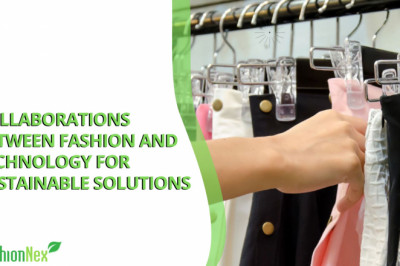

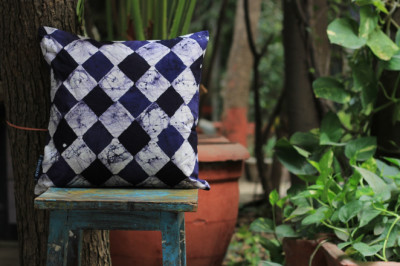
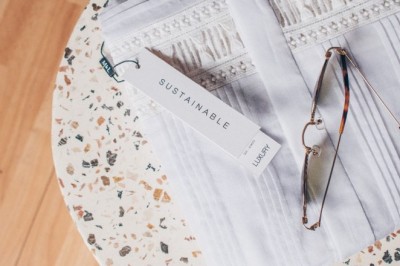

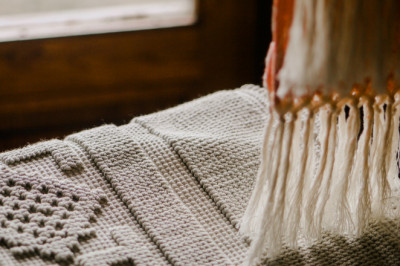
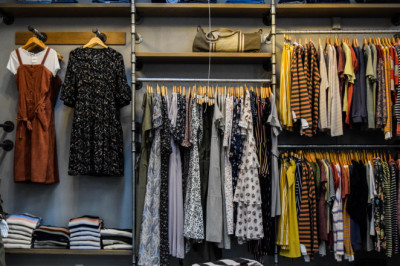


Comments
0 comment